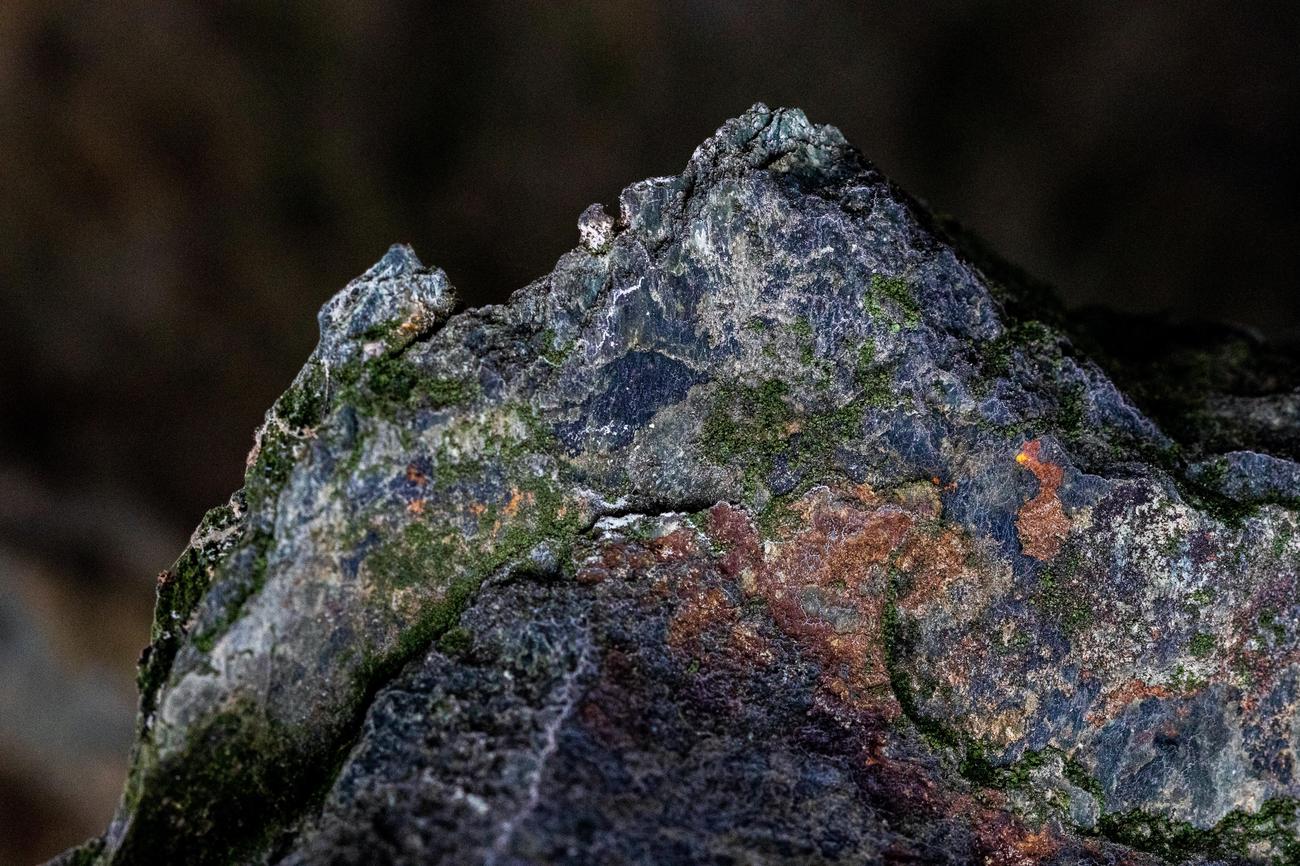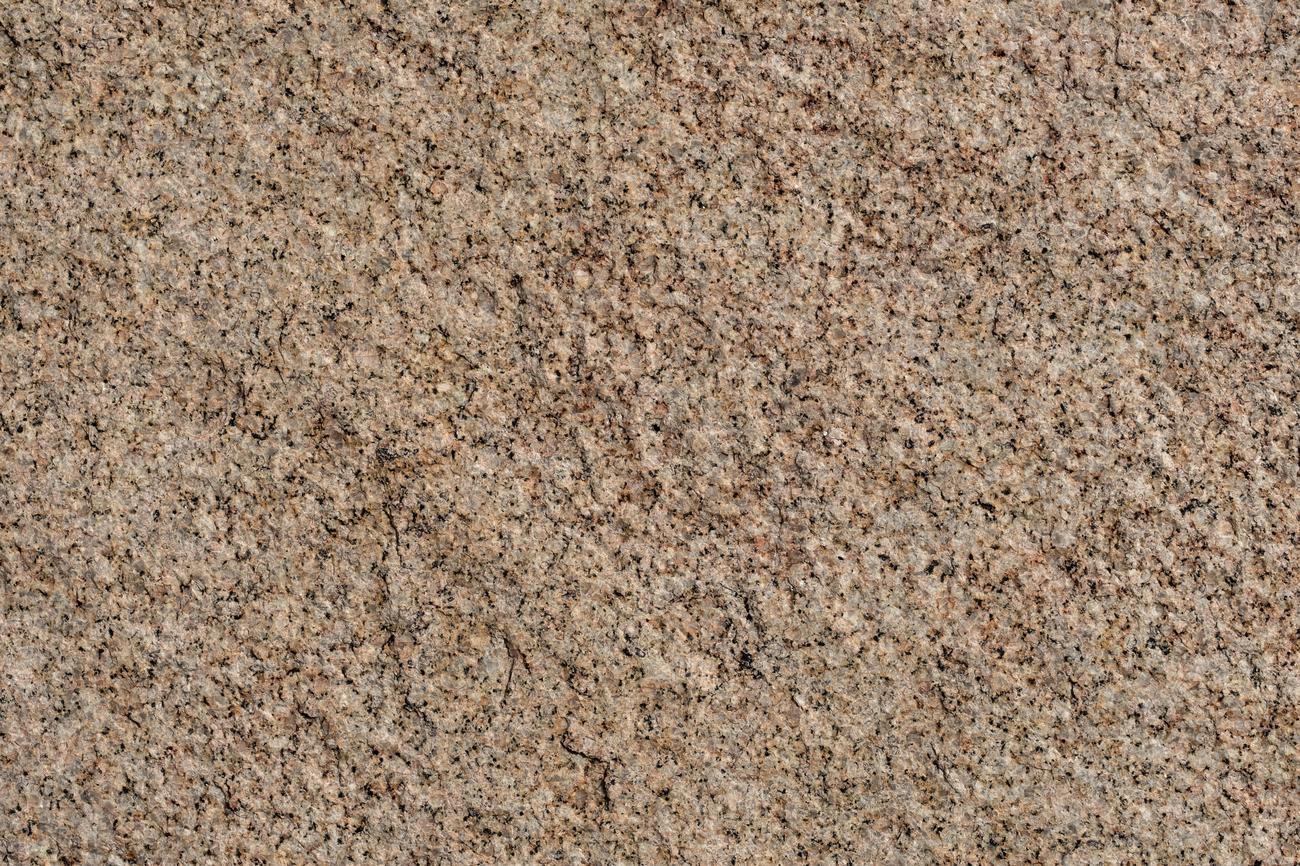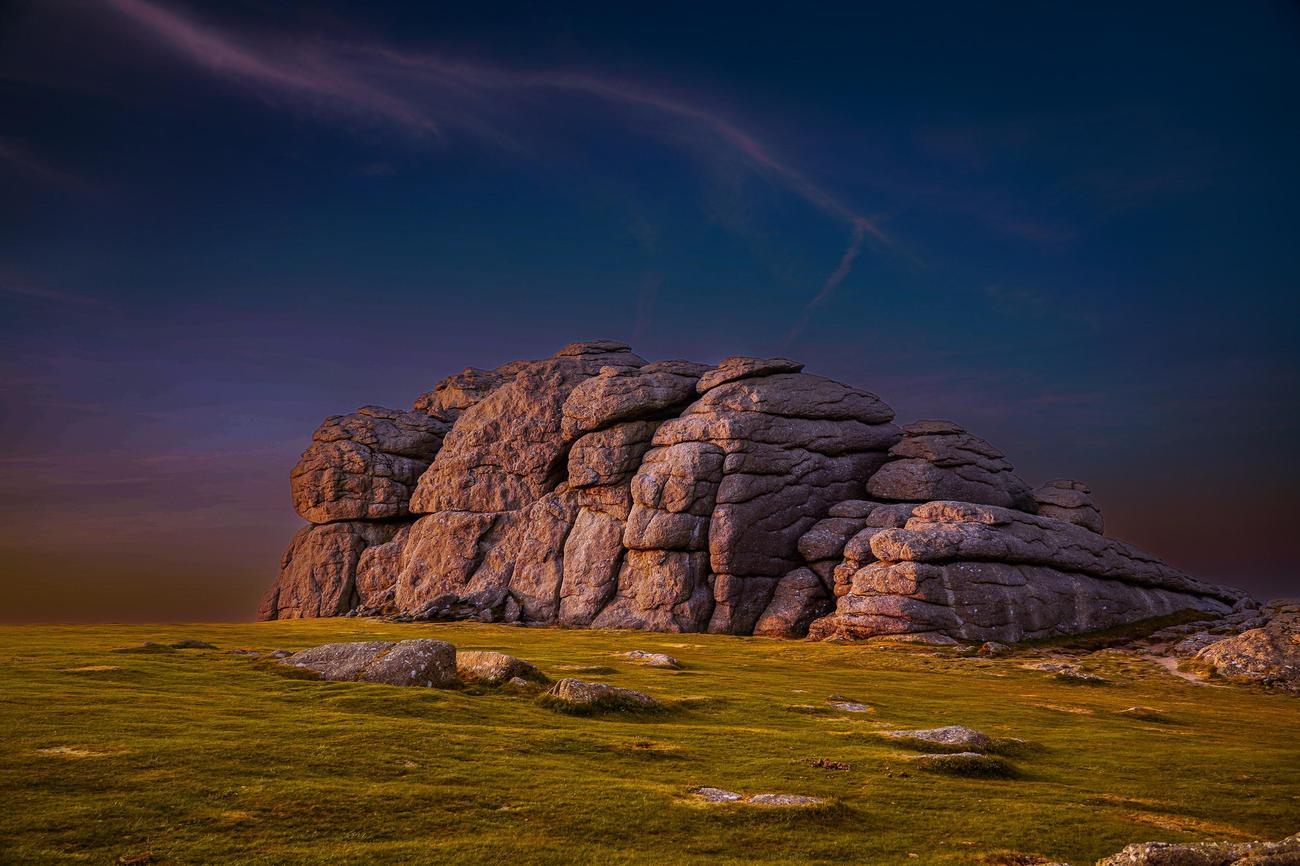Are you ready to embark on a journey deep into the Earth’s ancient history? Prepare to discover the fascinating world of granite rock, a mesmerizing geological wonder that has stood the test of time. Join me, a seasoned geologist with an unwavering passion for rocks, as we delve into the enigmatic realm of granite and uncover some truly captivating fun facts. Get ready to be amazed by the extraordinary characteristics and intriguing tales that lie hidden within this majestic rock formation. Brace yourself for an enlightening adventure as we explore the secrets of granite in this article, where we unravel hidden gems and unleash our curiosity for the incredible world beneath our feet.

Fun Facts About Granite Rock
Granite, a fascinating igneous rock with a rich history, holds secrets that have captivated geologists for centuries. So, let’s dive into the world of granite and uncover some mind-blowing fun facts.
1. Granite – The Ancient Witness
Imagine being in the presence of the oldest rock on Earth. Well, granite gives us that opportunity! Formed during the early geologic periods, some as early as the Precambrian age, granite has withstood the test of time, silently bearing witness to the ever-changing landscape of our planet. Its age alone makes it a marvel worth exploring.
“Granite stands as a timeless witness to the Earth’s ancient past, carrying stories untold and mysteries yet to be discovered.”
2. A Grainy Delight
The name “granite” has its roots in the Latin word “granum,” meaning grain. Take a closer look at granite, and you’ll see its distinctive granular texture. This unique characteristic arises from the many minerals that make up granite, including quartz, feldspar, mica, and hornblende. The combination of these minerals gives granite its stunning speckled appearance, a true feast for the eyes!
3. Birthed in the Depths
Have you ever wondered where granite comes from? Well, granite is a plutonic rock, meaning it forms deep underground from slowly cooling magma. As the magma cools, it solidifies into granite, creating a rock that is resistant to abrasion and stands strong against the elements. This formation process, occurring deep within the Earth’s crust, gives granite its durable and resilient nature.
4. Hard as a Rock
Granite is known for its immense hardness, ranking 7 on the Mohs scale. To put it into perspective, only a few other materials, such as diamonds and sapphires, are harder than granite. This remarkable sturdiness makes granite a popular choice for various applications, including construction, sculptures, and monuments.
“Granite’s remarkable hardness sets it apart, making it a rock that not only withstands the test of time but also leaves a lasting impression.”
5. Rocks Gone Radioactive
Did you know that granite is radioactive? Yes, you heard it right! Don’t worry though, the levels of radioactivity in granite are not harmful to humans. The radioactivity in granite comes from trace amounts of uranium, thorium, and their decay products. So, rest easy! That beautiful granite countertop in your kitchen won’t turn you into the Incredible Hulk.
6. Granite on the World Stage
Granite has left its mark on some of the world’s most iconic structures. Take a journey back in time to the breathtaking pyramids of Egypt, the awe-inspiring Mount Rushmore monument, or even the regal Statue of Liberty pedestal. These monumental structures owe their grandeur, strength, and endurance to none other than granite. Its presence in these stunning creations cements granite’s place in history.
“Granite, a true hero of monumental proportions, uplifts and supports some of humanity’s most awe-inspiring creations.”
With its ancient origins, distinct grainy texture, remarkable durability, and presence in world-renowned structures, granite is truly a geological wonder. These fun facts about granite rock merely scratch the surface of the intriguing stories concealed within its layers. So, the next time you encounter a granite formation, take a moment to appreciate the captivating beauty and extraordinary history that lies beneath its surface.
Now, let’s journey together and explore the captivating world of granite!
Granite, known for its durability and stunning natural patterns, has more to offer than meets the eye. If you’re curious to learn some fun facts about granite, click here to explore its fascinating characteristics and intriguing history: fun facts about granite. Uncover the secrets behind this mesmerizing stone, from its formation deep within the earth to its use in ancient architecture. Prepare to be amazed as you delve into the captivating world of granite!
Fun Facts About Granite Rock:
Did you know that granite rock composition is a fascinating topic to explore? Discover the secrets hidden within the depths of this remarkable stone by delving into its intricate structure and unique blend of minerals. Granite is renowned for its durability and stunning beauty, making it a popular choice for countertops and other architectural features. To learn more about the composition of granite rock, click here: Granite rock composition.
The formation of granite rock is an extraordinary process that occurs deep beneath the Earth’s surface. Over millions of years, intense heat and pressure transform molten magma into this awe-inspiring rock. Uncover the mysteries behind the formation of granite and gain a deeper appreciation for its striking appearance. Dive into the captivating world of granite rock formation by clicking on this link: Formation of granite rock.
As you continue your journey into the realm of granite, you’ll encounter a wealth of knowledge and surprises along the way. From ancient civilizations utilizing granite to construct monumental structures to its use in modern-day architecture, this ageless rock never fails to captivate. Embrace the allure of granite and uncover its hidden wonders by exploring the captivating links provided. Happy exploring!

FAQ
Q: Is granite the oldest rock on the planet?
A: Yes, granite is considered the oldest rock on the planet, with some formations dating back to the Precambrian age.
Q: Why is granite called “granite”?
A: The name “granite” comes from the Latin word “granum,” meaning grain, which refers to its granular texture.
Q: What minerals make up granite?
A: Granite is made up of several minerals, including quartz, feldspar, mica, and hornblende.
Q: How did granite form?
A: Granite is a plutonic rock, which means it formed deep underground from slowly cooling magma.
Q: Is granite a hard material?
A: Yes, granite is one of the hardest materials in the world, with a rating of 7 on the Mohs scale of hardness.
















